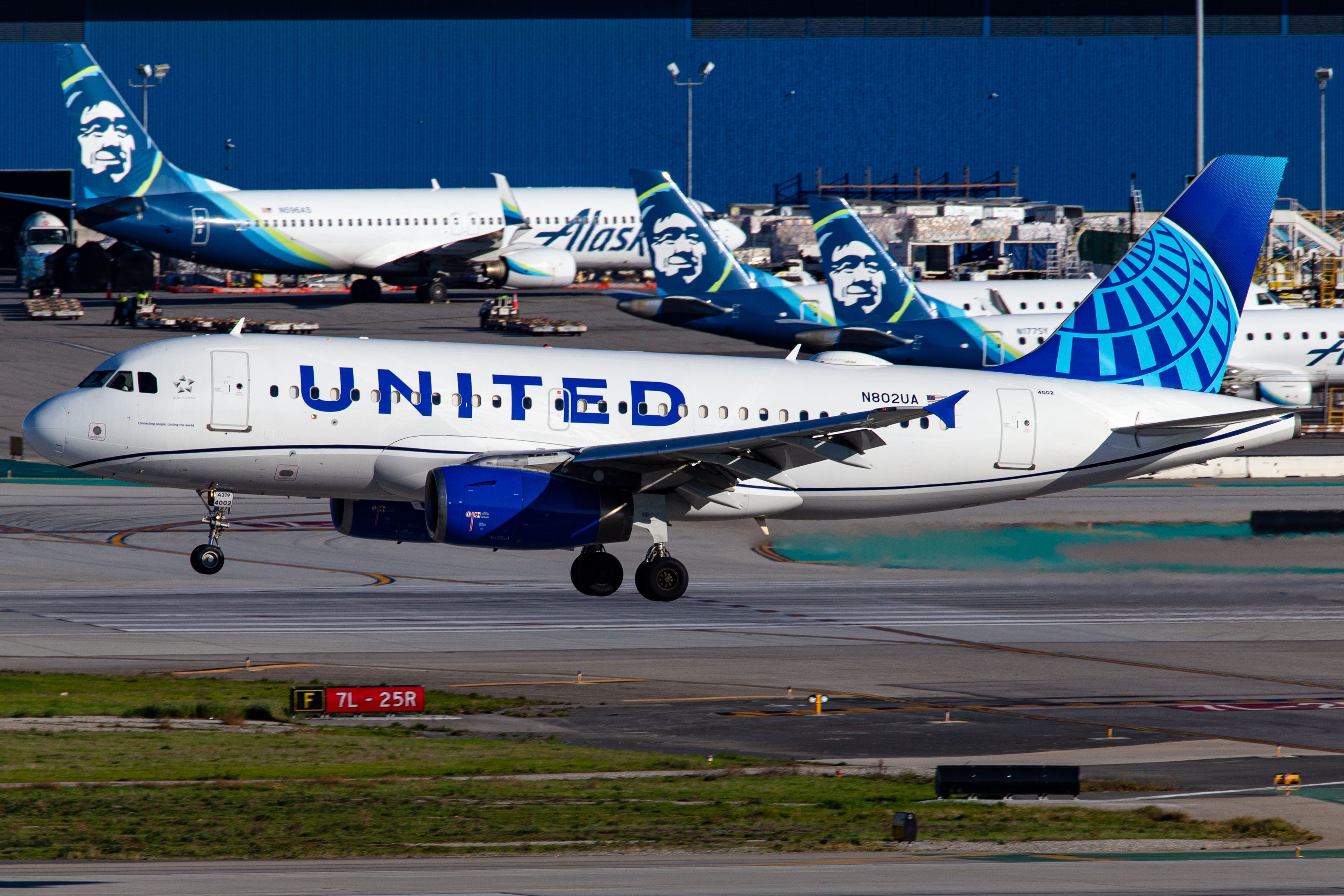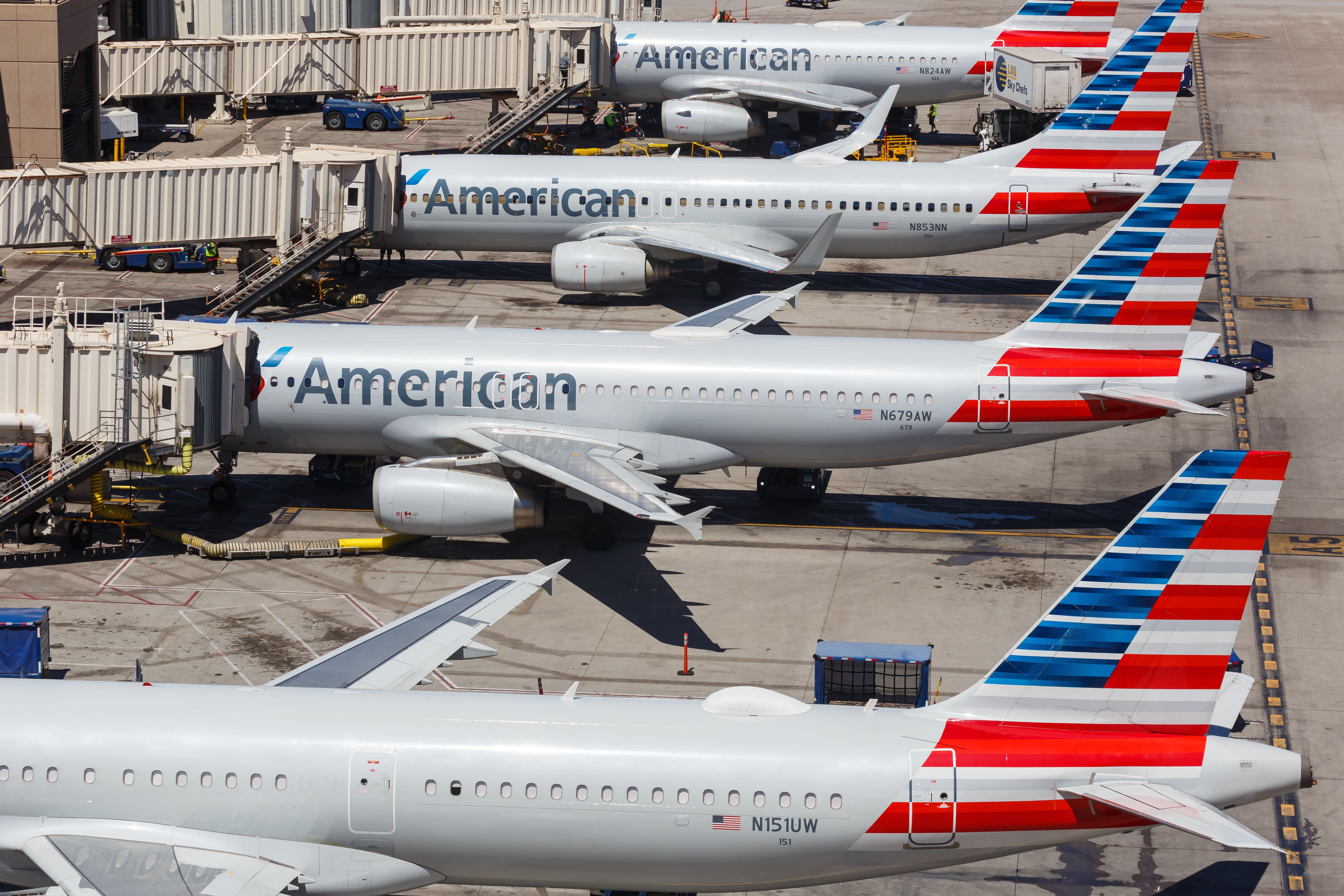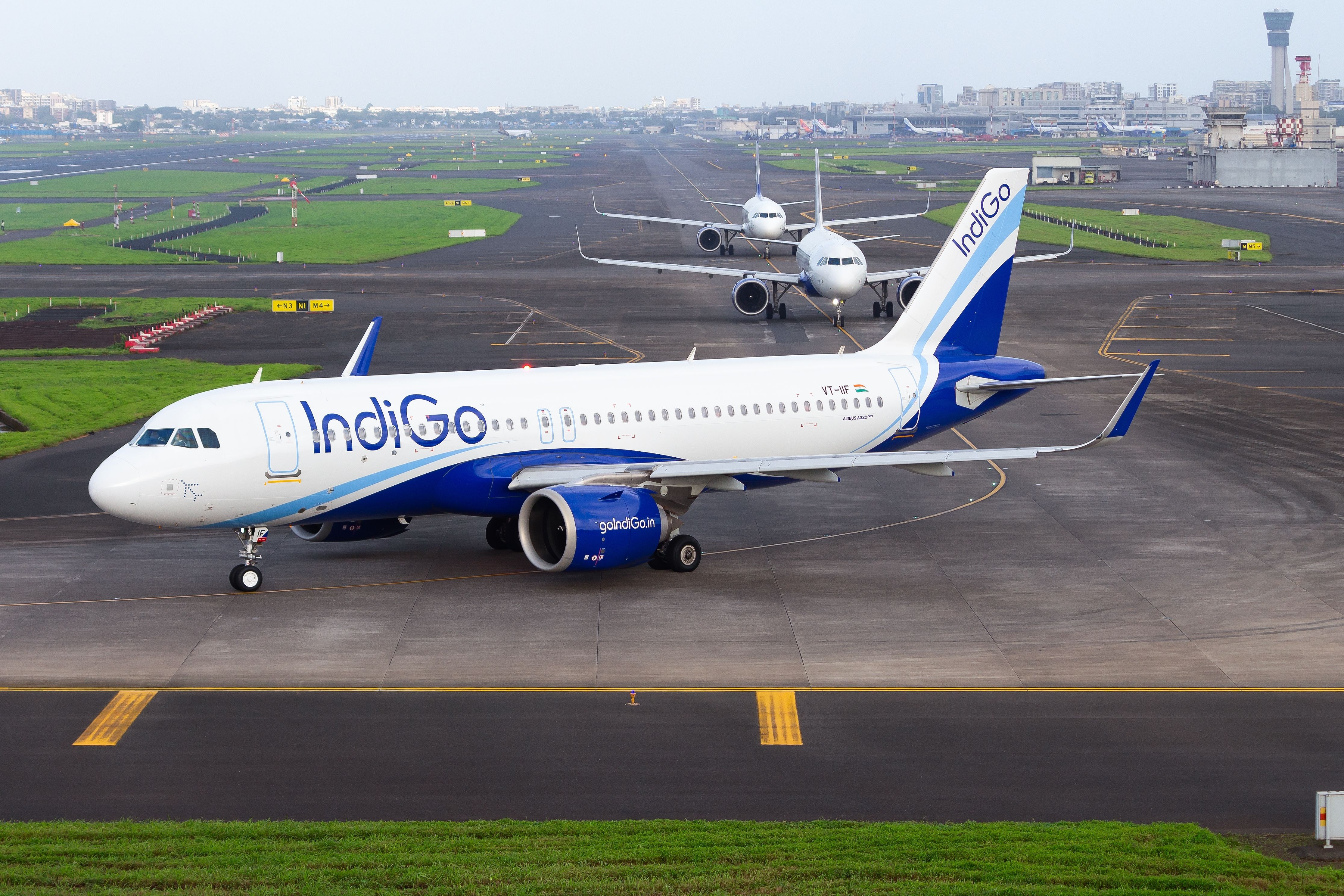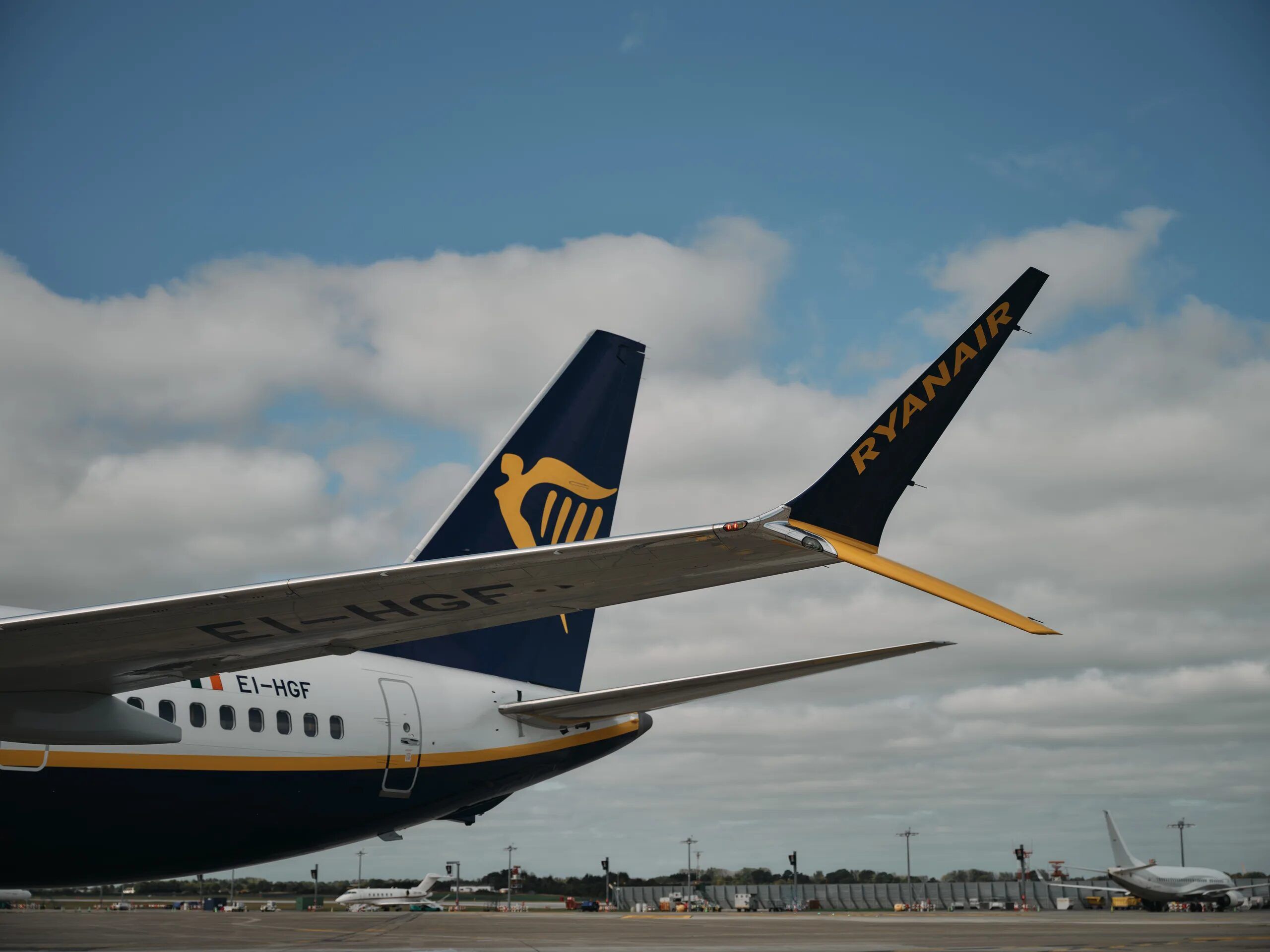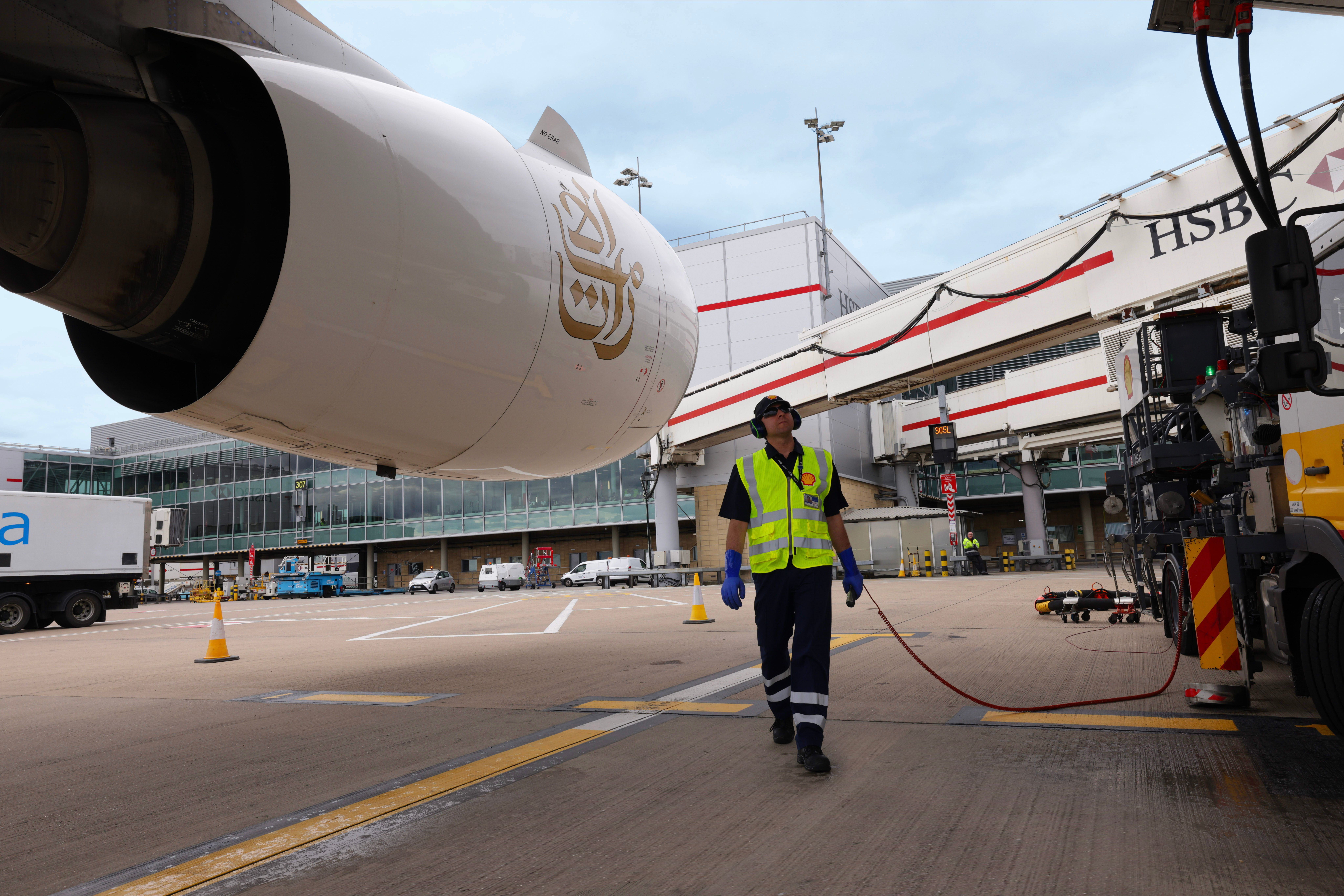Summary
- Fuel costs make up a significant portion of airlines’ expenses. For example, United Airlines spent $8.9 billion on fuel in 2019.
- Fuel prices, especially since the outbreak of conflicts throughout the world, have been very volatile.
- Airlines use fuel surcharges to pass on some of the fuel-related costs to consumers.
In the last few years, the cost of jet fuel has significantly increased. While 2023 has seen a slight reduction in fuel costs, the increase in air fares across the globe was indicative of the rising fuel costs and other costs, including labor. At the same time, the prices of oil have remained volatile throughout 2024.
Fuel costs’ development
Fuel prices vary in every country. According to the International Air Transport Association (IATA), the average crude oil price in 2023 was $82.5 per barrel, with the crack spread remaining high at $30 per barrel, which reflected a tightness in supply amid a recovery in demand.
For its 2024 airline financial forecast, the association estimated that crude oil prices would remain between $85 and $90 per barrel. The development of the price will depend on the evolution of the geopolitical situation globally as well as the production decisions of the Organization of the Petroleum Exporting Countries (OPEC).
Photo: Wenjie Zheng | Shutterstock
Year-to-date (YTD) in 2024, the crude oil price of West Texas Intermediate (WTI) on the New York Mercantile Exchange (NYMEX) peaked at $86.91 on April 5. Since then, it has been trending down, and on June 11, crude oil WTI opened its day of trading at $78.12.
Still, looking into the past, in 2019, United Airlines spent $8.9 billion on aircraft fuel, approximately 23% of its $38.9 billion in expenses that year. The only greater cost for United Airlines was salaries for its 96,000-strong workforce, which was $12 billion (30%). Fast-forward to calendar Q4 2023, and the airline has spent $3.32 billion on fuel, roughly on par with the cost at the same time in 2022. However, the carrier’s full-year expense of fuel in 2023 is $12.651 billion, over 3.5% less than in 2022.
Looking at United Airlines’ Q1 2024 results, the airline’s fuel bill was $2.9 billion for the first three-month period of 2024, a 6.9% reduction year-on-year (YoY). The average aircraft fuel price per gallon was $2.88. How does that compare to the carrier’s previous quarters in 2023?
|
Q1 2023 aircraft fuel price per gallon |
Q2 2023 aircraft fuel price per gallon |
Q3 2023 aircraft fuel price per gallon |
Q4 2023 aircraft fuel price per gallon |
|
$3.33 |
$2.66 |
$2.95 |
$3.13 |
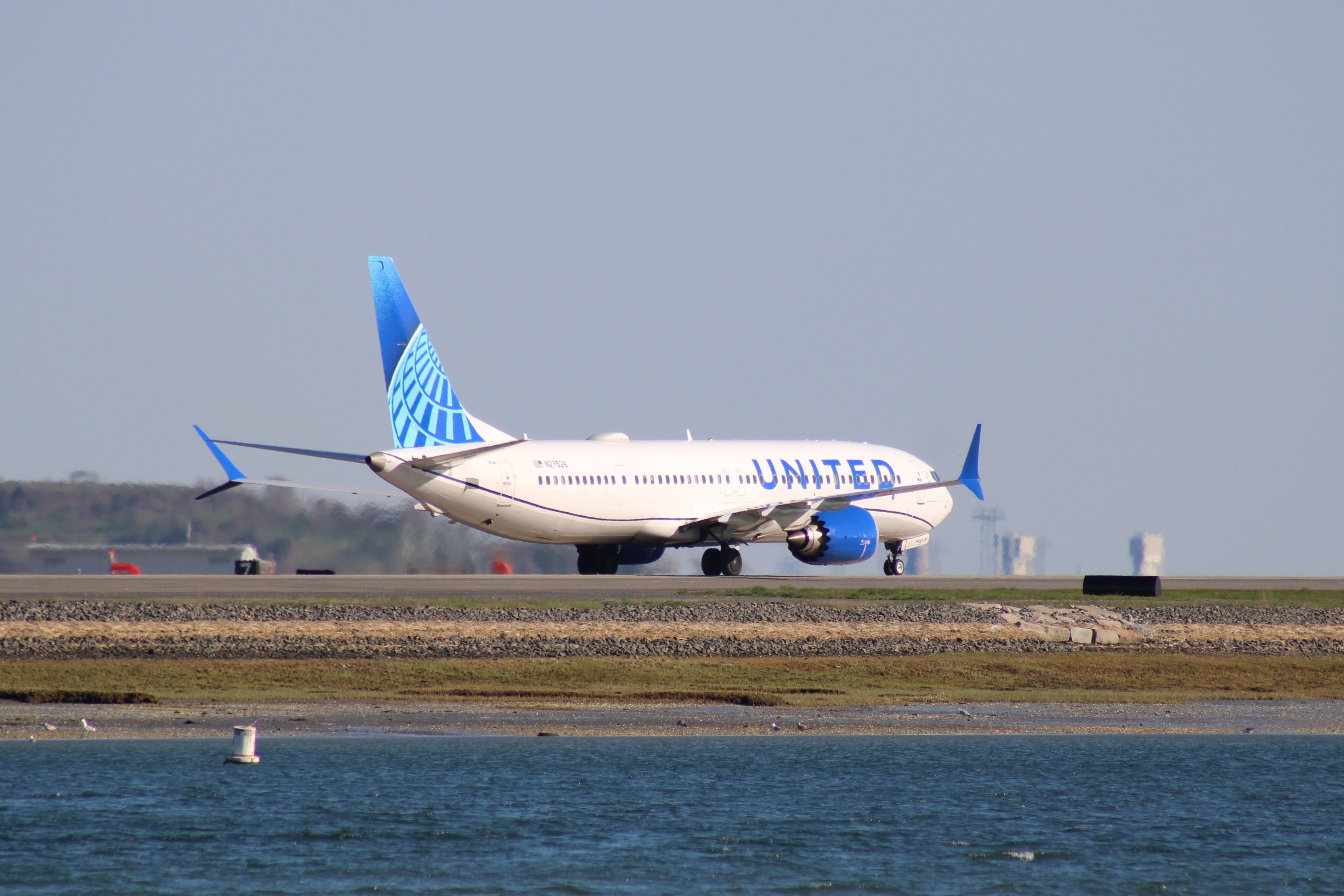
Related
Boeing 737 Max 9 Issues Cost United Airlines Nearly $200 Million In Q1 Profits
The airline reported a net loss of $124 million in Q1 2024.
Fuel costs across the US
According to a Bureau of Transportation Statistics (BTS) report from Q3 of 2023, the year-on-year changes in fuel consumption and cost for October 2023 included a 9.3% increase in domestic fuel consumption, 2.1% decrease in domestic fuel cost, and a 10.4% decrease in cost per gallon. The BTS report for April 2024 described that YoY, fuel consumption and the cost rose by 4.7% regarding domestic fuel consumption, an 8.5% increase in domestic fuel cost, and a 3.6% increase in cost per gallon.
“Domestic fuel consumption decreased 2.6% from March 2024 to April 2024, while increasing 5.2% from April 2019. Increased fuel consumption reflects an increase in airline passenger travel over the same period.”
Photo: Markus Mainka | Shutterstock
How about the other airlines in the US? For example, American Airlines’ average aircraft fuel price per gallon was $2.86 in Q1 2024, or two cents lower than United Airlines’. Delta Air Lines’ was $2.79, while Southwest Airlines’ average fuel price per gallon was $2.92 during the same quarter.
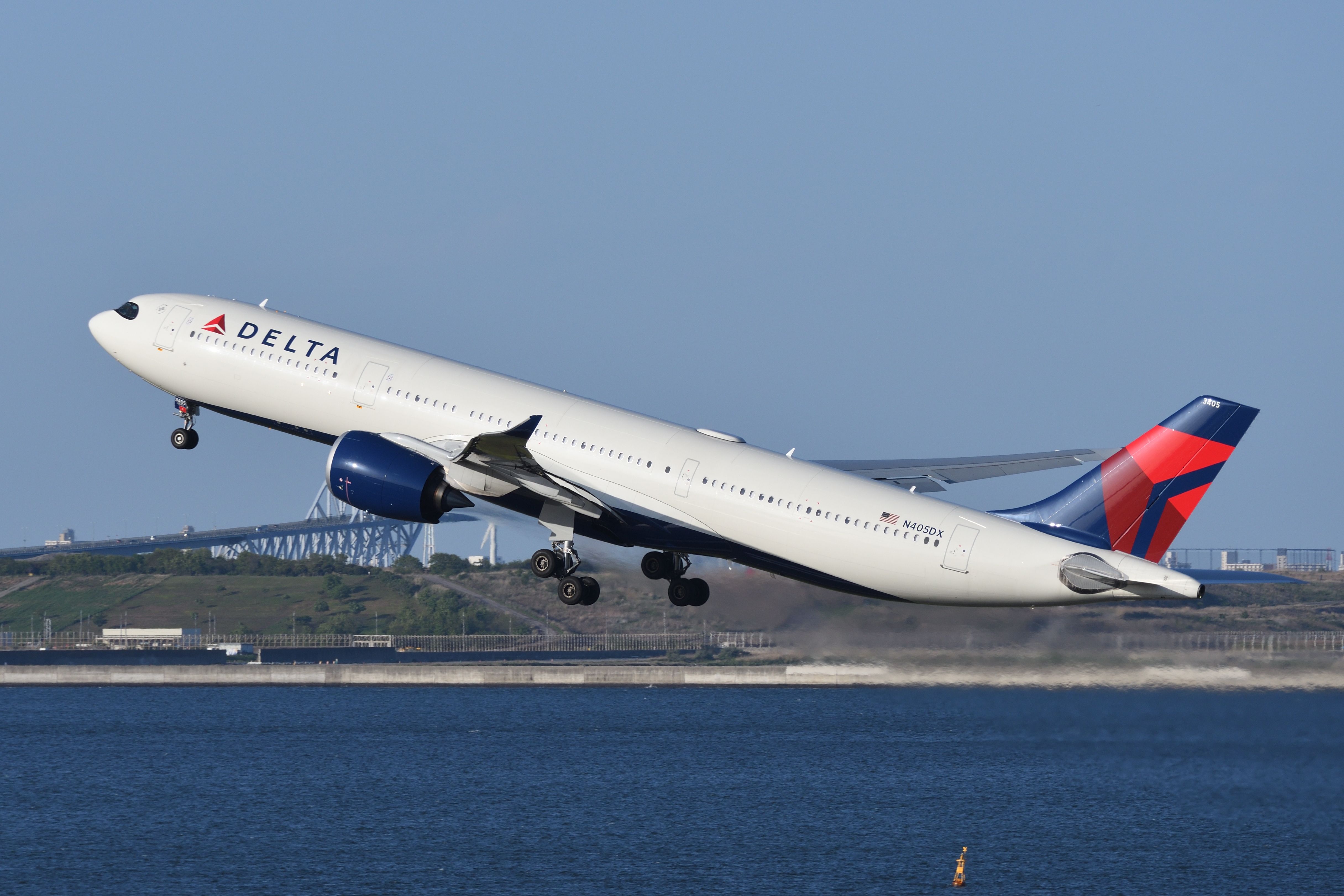
Related
Delta Air Lines Marks 14% Corporate Travel Growth Amid Strong Q1 Results
The airline exceeded expectations and has forecast a strong Q2.
Changes by country
Taking a look at changes in India, one of the largest growing aviation markets. In the past several years, India has faced high government taxes on jet fuel (also known as ATF – aviation turbine fuel), further burdening airline finances in the razor-thin margin market. With some of the highest taxes in the world, carriers have long sought relief from ATF taxes.
The largest independent carrier in India by market share, IndiGo, imposed a fuel surcharge on tickets in October 2023 following a surge in ATF charges. However, on January 4, the airline removed all fuel charges on tickets due to a recent reduction in ATF prices, which has provided relief to customers.
Photo: BoeingMan777 | Shutterstock
According to the low-cost carrier’s latest financial results, IndiGo’s fuel costs rose by 6.5% in Q4 FY24, going up to INR59.7 billion ($713.8 million), compared to INR56.1 billion ($670.8 million) during the same quarter in FY23. Singapore Airlines, another large carrier in the Asia-Pacific region, spent SG$1.38 billion ($987 million) on fuel in Q2 of 2021. This makes up around 28.8% of the expenditure for the half-year, a sharp rise from the rest of the year.
Now, the airline’s latest financial results showed that in FY2023/2024, its total fuel costs went down from $5.2 billion to $5 billion by the end of the financial year. One of the ways that it had reduced its fuel costs was that in FY2022/2023, its fuel hedging gain was -$748.9 million, while the following financial year, it was -$390.9 million. Loss-making, sure, but that was still a significant improvement.
Photo: Ryanair
What about Europe? Well, Ryanair’s latest financial results for FY2023/2024 indicated that its fuel bill rose by 32% to €5.1 billion ($5.4 billion) due to an 8% increase in flown sectors, which was also offset by fuel burn savings from its latest-generation Boeing 737 MAX 8-200 aircraft.
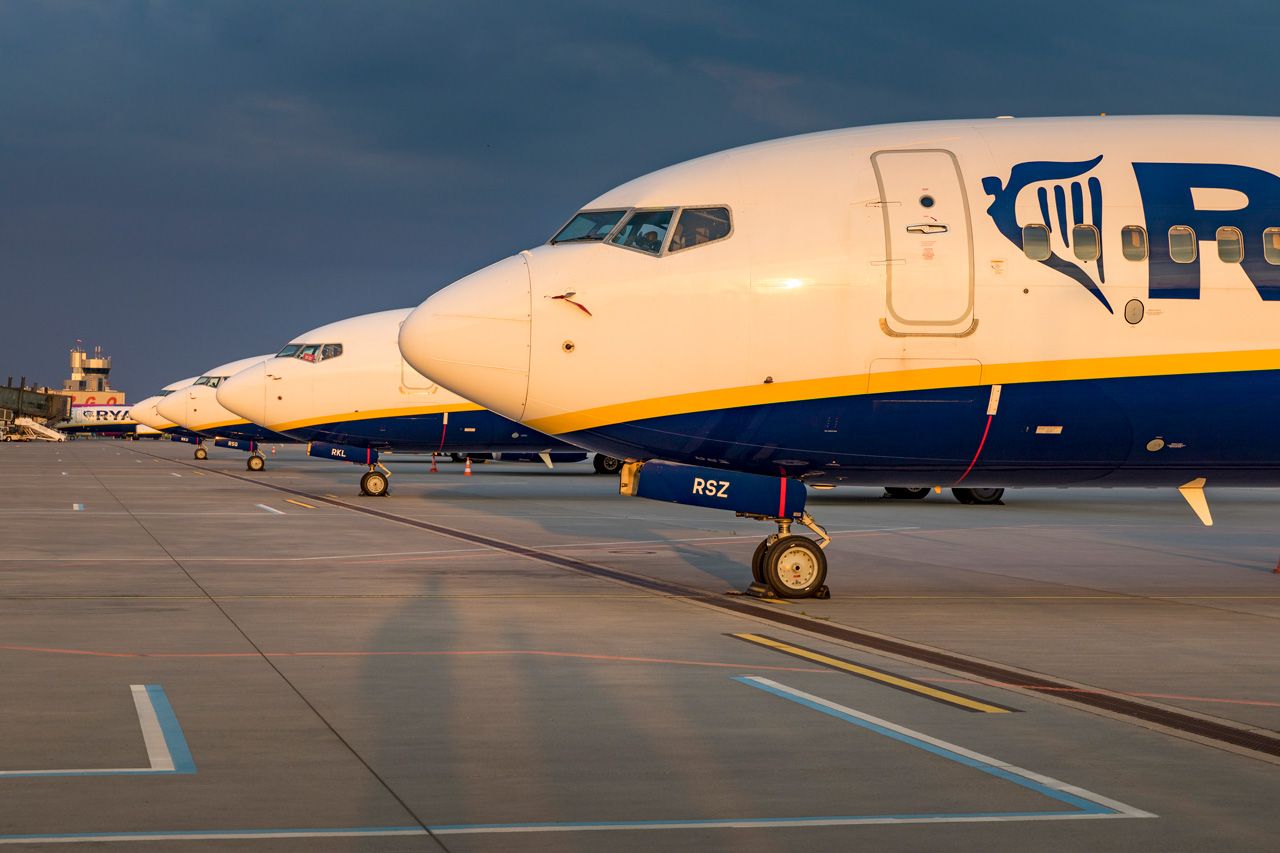
Related
Ryanair Posts Record $2 Billion Profit As Cost Advantage Widens
The group’s tight control of costs is widening the gap between Ryanair and its closest competitors.
Levying fuel surcharges
Airlines greatly levy ‘fuel surcharges’ on some tickets to pass on the price to customers. The continuous increase in ticket prices since the beginning of the air travel recovery once the pandemic had ended points to several new charges being transferred to customer accounts.
Photo: Emirates
What are your thoughts on the impact of airlines’ fuel prices on customers? Should they continue sharing the burden of volatile jet fuel/crude oil prices with their consumers? Should that practice continue as airlines continue introducing more sustainable aviation fuel (SAF)? Let us know in the comments below.
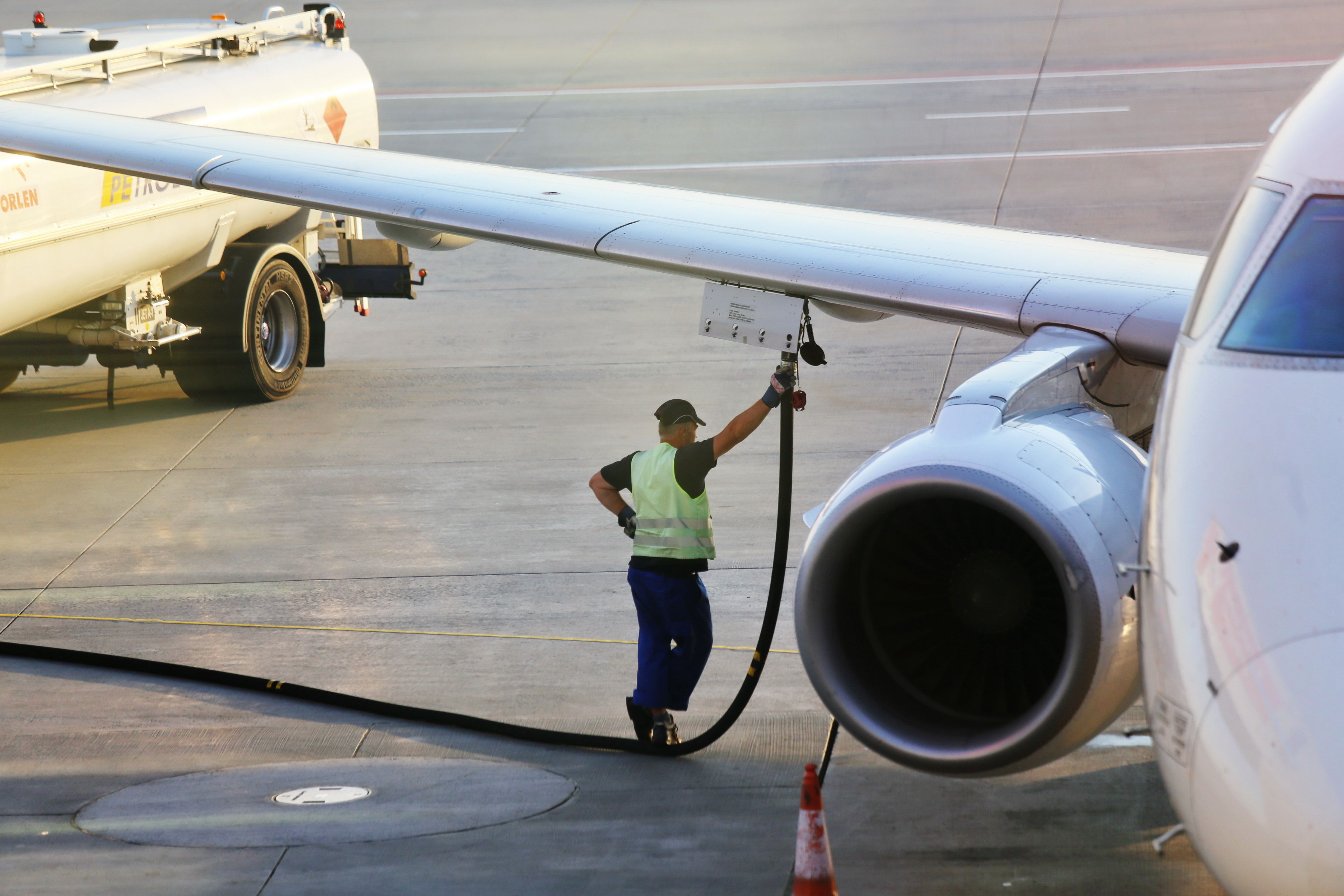
Related
What is Fuel Hedging and Why Do Airlines Do It?
Fuel hedging can protect airlines from extreme changes in the cost of jet fuel.


